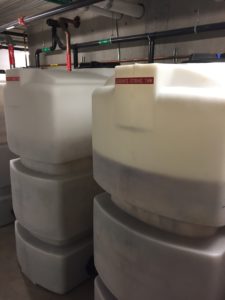A few years ago I read a small piece on The Bullitt Center in Seattle, a newly constructed structure that claimed to be “The Greenest Commercial Building in the World.” I signed up for a tour to see it up close.
Funded by the Bullitt Foundation, a 60 year old Seattle philanthropy, the building was an answer to the Living Building Challenge, which seeks designs that exceed even the most greenest (LEED) certifications that exist in this country. Care was taken to use materials that were locally sourced (within 600 miles of Seattle) to keep the carbon footprint in construction low. This building was made to last 250 years.
The tour showcases many of the structural differences TBC has: reversible radiant heating, no-water toilets, solar-powered outlets and appliances from the cantilevered roof array, and 5 giant aerobic composters that break down the waste to be sold to a bird sanctuary in Carnation, WA!
My guide, Katie, explained that TBC was intended to be a its own water district, filtering and purifying the collected water from the building to be off the water grid. But the water purification system hasn’t worked as well; there are still some traces of ? (can’t remember the agent) that don’t pass water quality tests for the city. The electricity and greywater systems have worked on a small scale for TBC small community, but not drinking water yet.
I was inspired to look into water collection and reuse in my own home as well as the possibility of going solar to gain free sustainable energy.
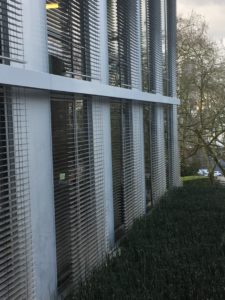
blinds are placed on the outside to counteract the loss of heat (and reverse in the summer) that happens when sunlight hits inside-blinds.
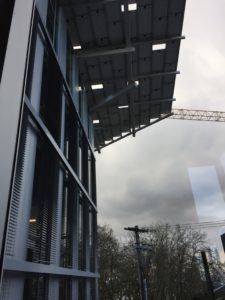
Rooftop solar panels cover 14,000 square feet and generate 230,000 kwh/year. Power surpluses are sold back to the city in the summer.
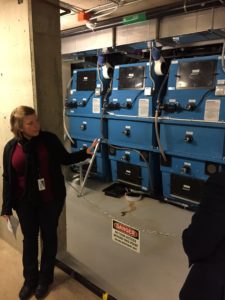
There are 5 large aerobic composters that handle 100 “deposits” a day. Designers chose to go aerobic because there isn’t a bad smell compared to anaerobic systems.
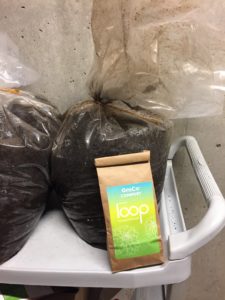
This dried waste is sold to farms for fertilizer. The “loop” bag is sold in stores for consumers to put in their gardens.

